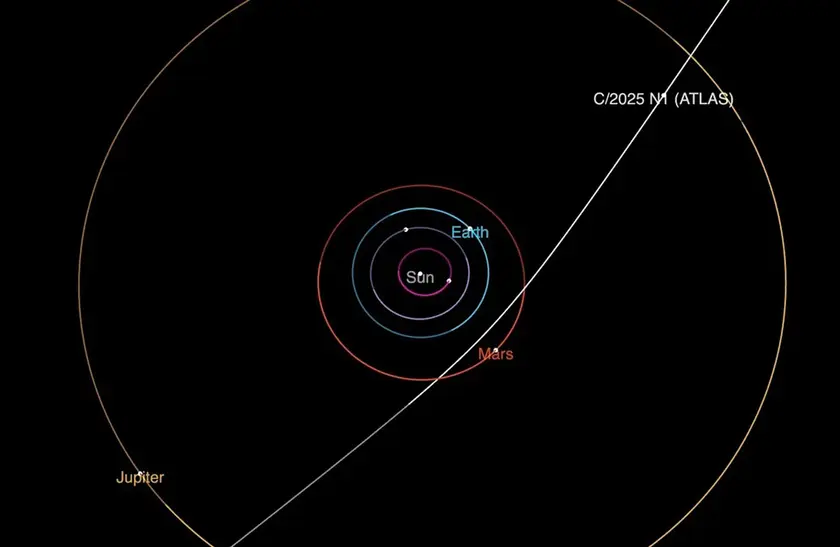T4K3.news
Parker Solar Probe captures solar wind near the Sun
NASA's Parker Solar Probe flew to within 6.1 million kilometers of the Sun to image the solar wind with the WISPR instrument.
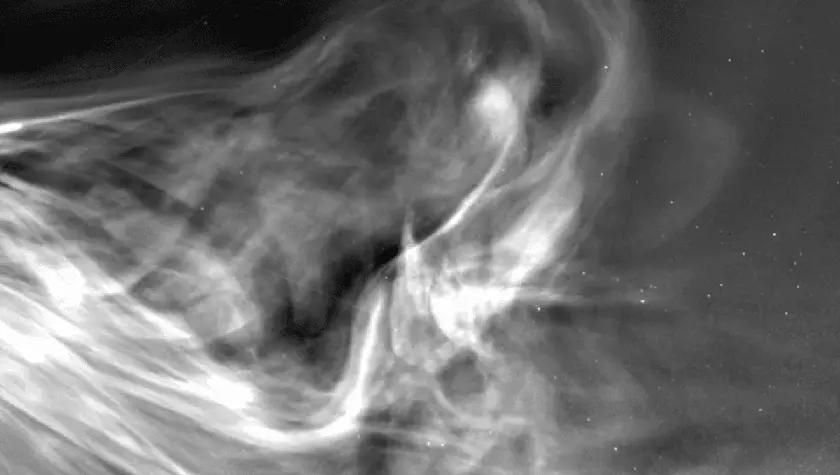
The Parker Solar Probe flew within 6.1 million kilometers of the Sun, capturing images of the solar wind with the WISPR instrument.
Parker Solar Probe Captures Solar Wind Near the Sun
NASA's Parker Solar Probe edged to 6.1 million kilometers above the Sun's surface, the closest approach of its mission. The WISPR instrument captured images showing the solar wind streaming from the corona as the heat shield protected the payload from temperatures above 1,000 degrees Celsius. Inside, the craft maintains a comfortable temperature of about 29°C for its gear, while the exterior endures extreme heat.
The mission studies how particles and magnetic fields escape the Sun, a puzzle that includes both fast and slow solar wind components. Officials say the data will improve space weather forecasts to protect astronauts and technology. The program is scheduled to continue with more close passes, though its long-term fate could hinge on fuel and funding decisions.
Key Takeaways
"We are seeing the birthplace of solar wind up close."
editorial note on solar wind origin
"The heat shield keeps science alive while heat tests the surface."
engineering achievement
"Data from Parker will sharpen space weather forecasts for explorers and satellites."
impact on safety and tech
"Parker shows how far we will go for knowledge."
inspirational closing line
The close approach shows how engineering and curiosity ride together. Pushing into extreme heat tests the limits of the instruments, but the payoff is clearer forecasts for space weather and safer exploration.
Yet the article hints at a political layer that can shape science. Funding shifts or policy changes can slow or stop a high-profile mission, underlining the vulnerability of long-term discovery to political cycles.
Highlights
- Birthplace of solar wind seen up close
- Heat shield keeps science alive under extreme heat
- Data will sharpen space weather forecasts for explorers and satellites
- Parker shows how far we go for knowledge
Political and funding risks threaten mission continuity
The article mentions potential cancellation by the administration, implying funding and policy risks that could affect the mission's future and data release.
Science presses onward, even when politics looms over the horizon.
Enjoyed this? Let your friends know!
Related News
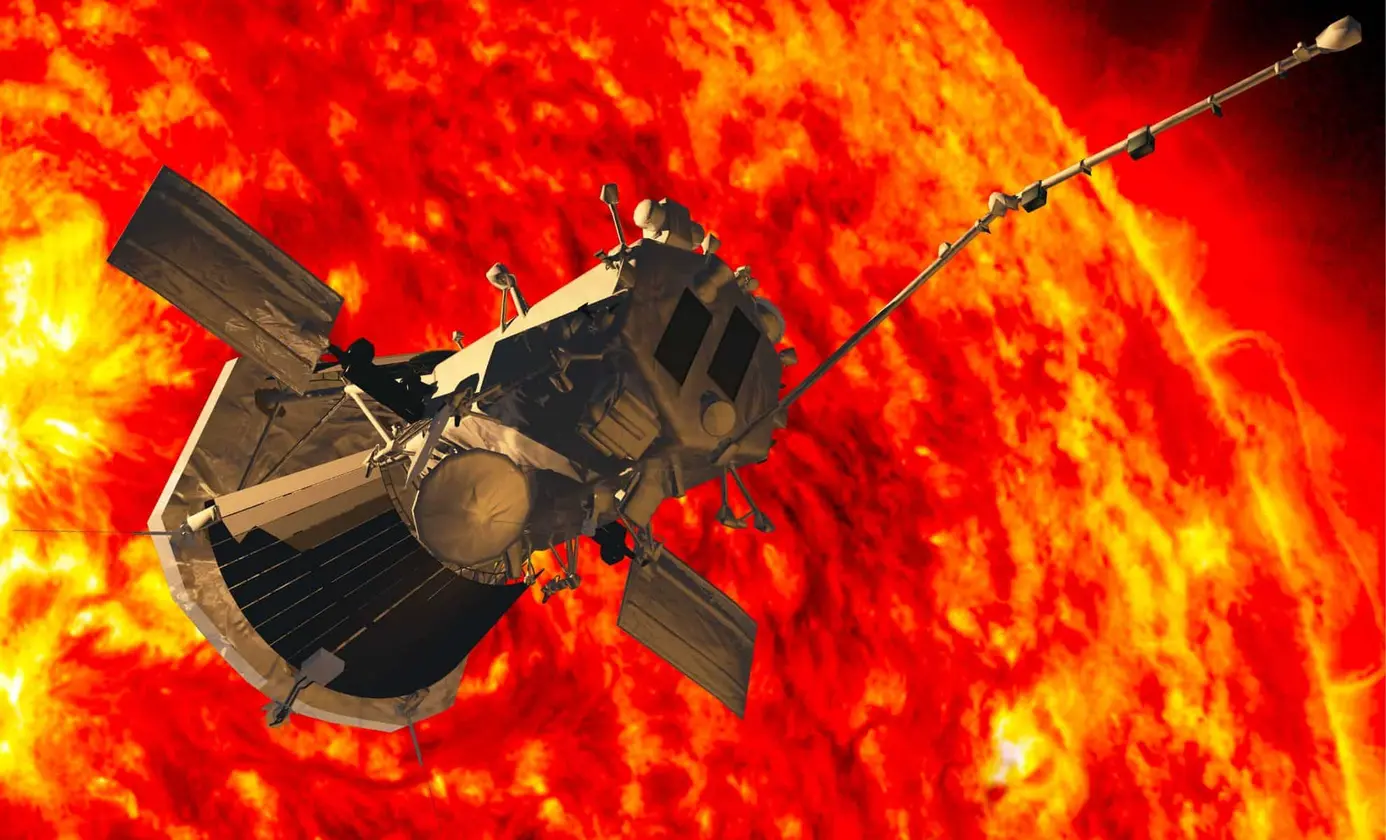
Parker Solar Probe Maps Sun’s Corona in Unprecedented Detail
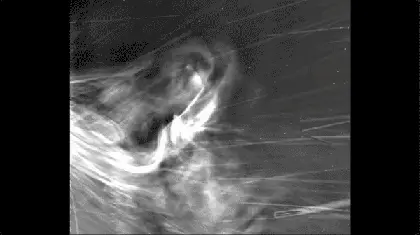
NASA shares groundbreaking video of the sun
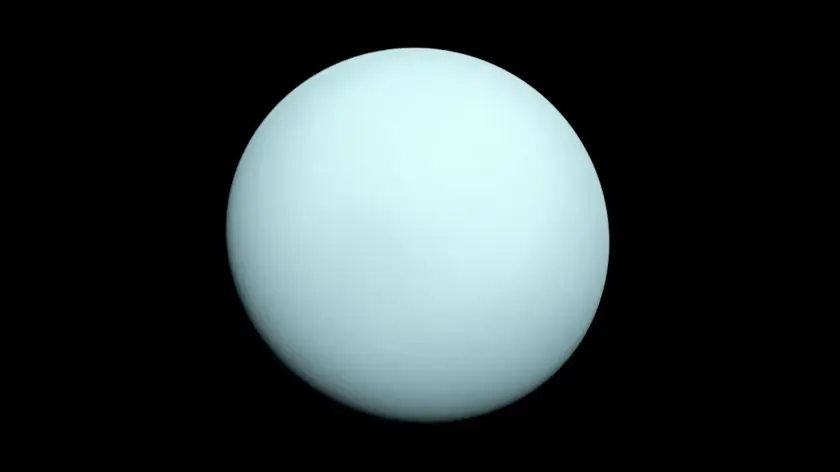
Uranus emits more internal heat than previously known
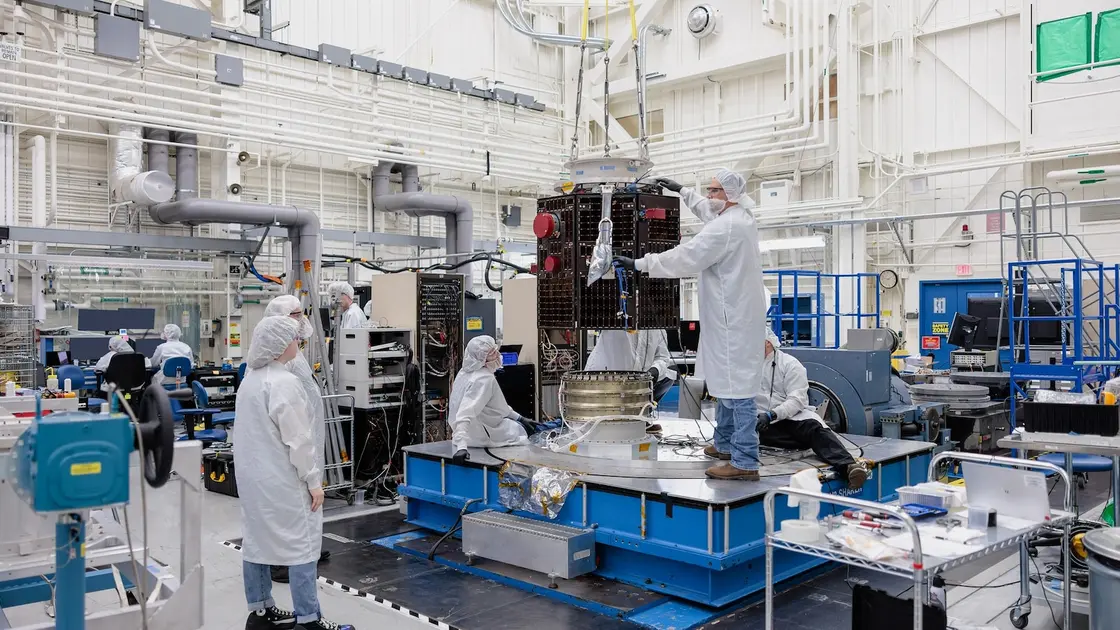
NASA to launch satellites for solar storm research
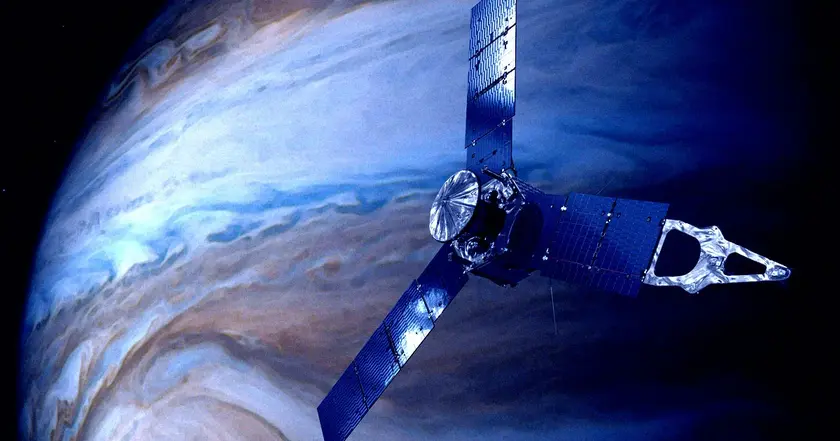
NASA weighs intercept of interstellar visitor 3I ATLAS

Voyager 1 captures eerie sounds from Jupiter
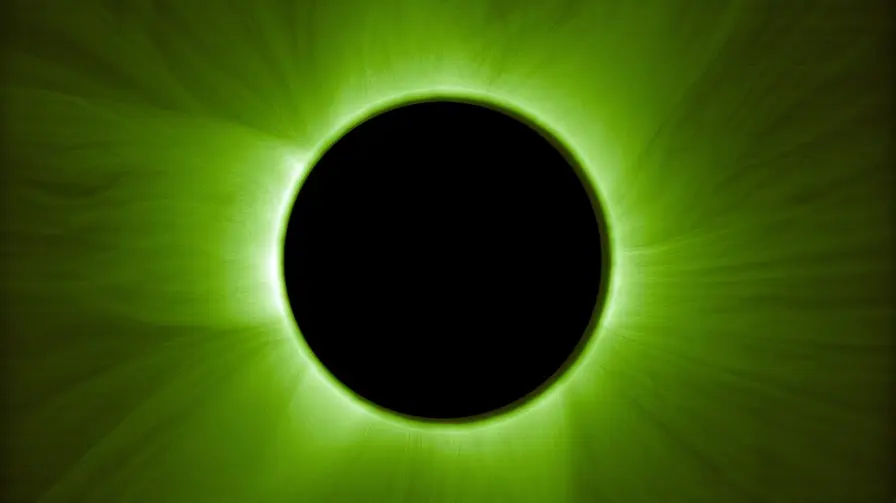
Proba-3 spacecraft successfully simulate solar eclipse
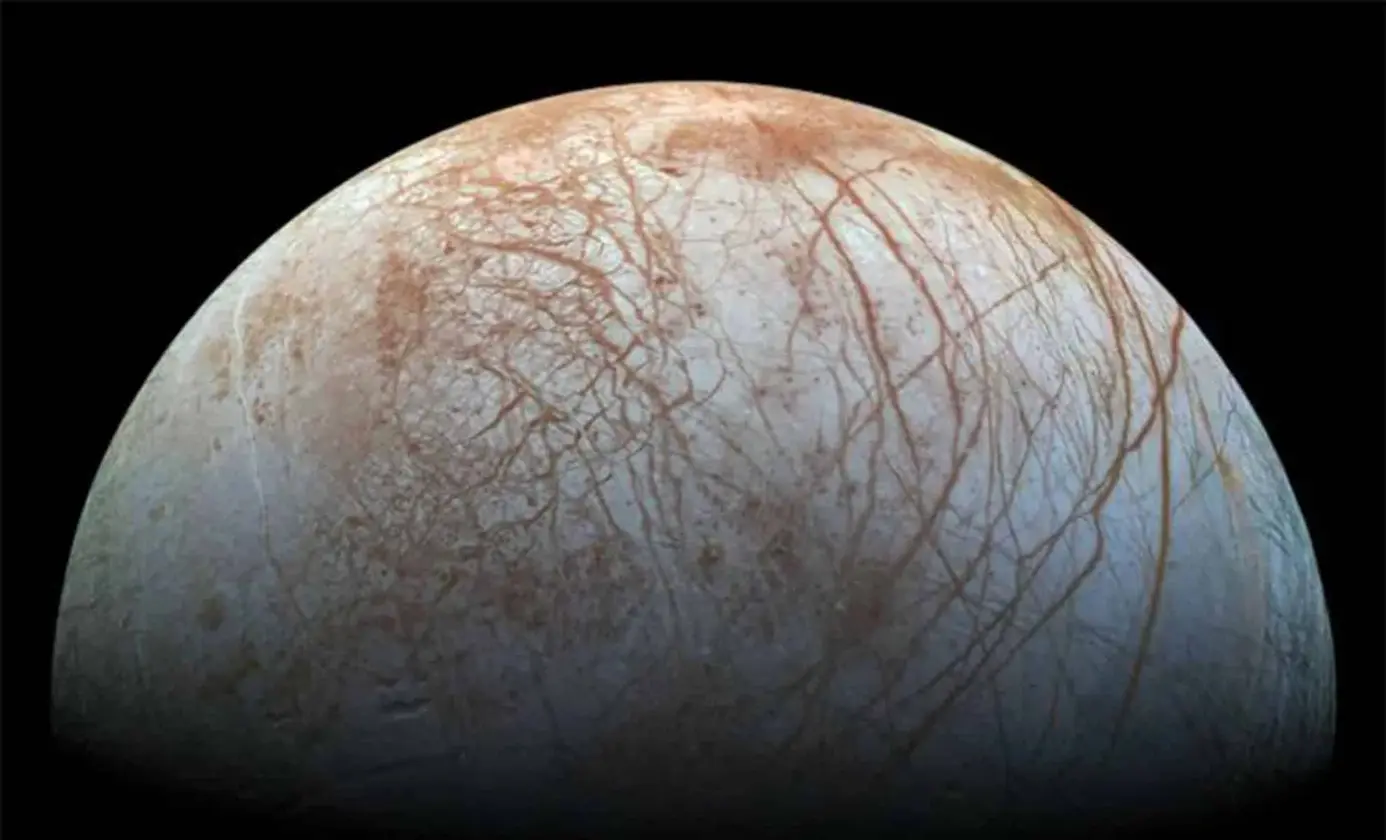
Galileo's Mission to Jupiter Ends
